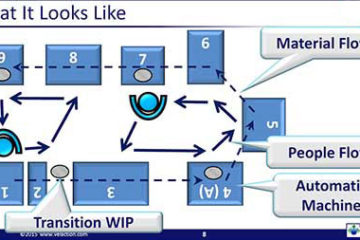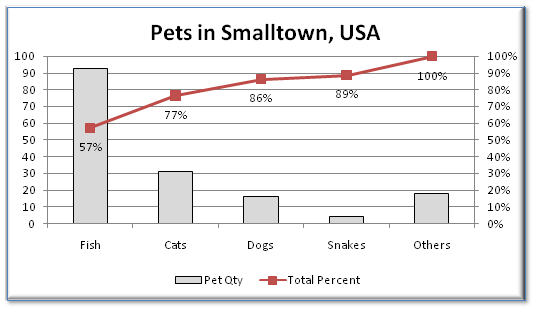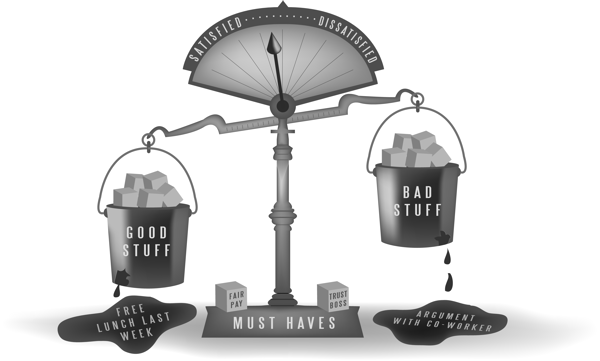Continuous Improvement
Continuous improvement is the art of relentlessly attempting to make people, organizations, operations, and processes better. It is an all-the-time thing. It includes the reduction of costs (primarily through waste reduction), adding more value to customers, and increasing sales by offering better products and services. True continuous improvement has a Read more…



